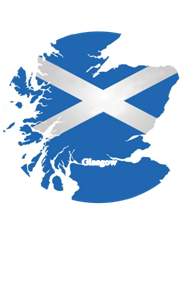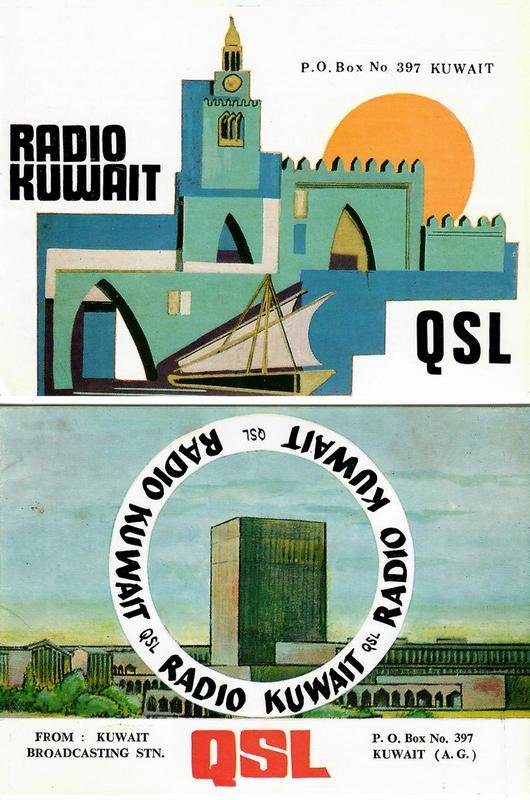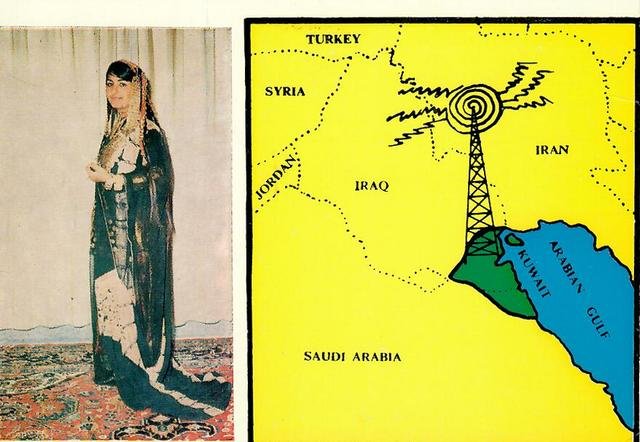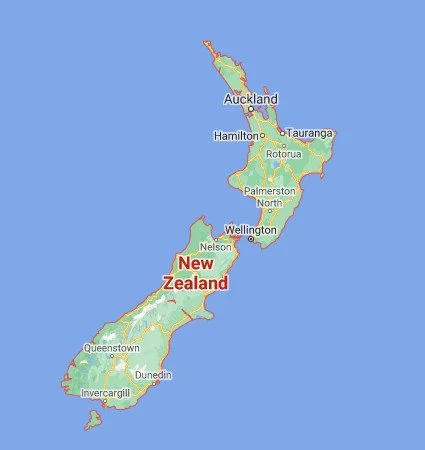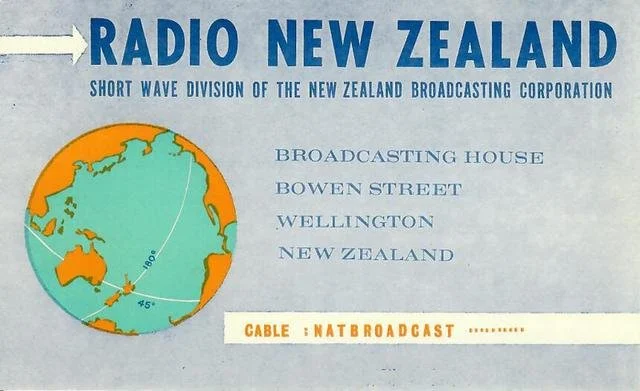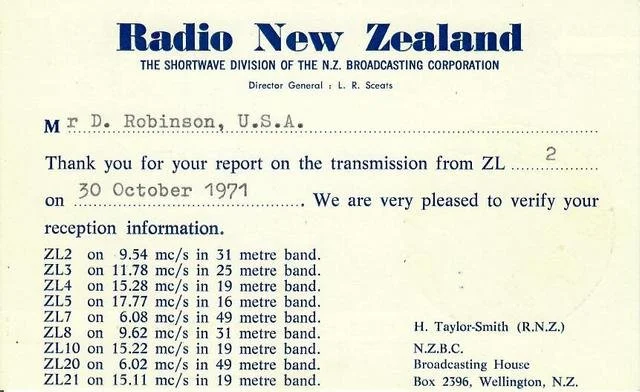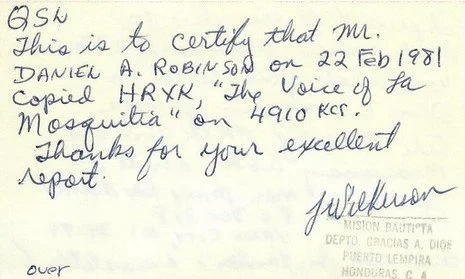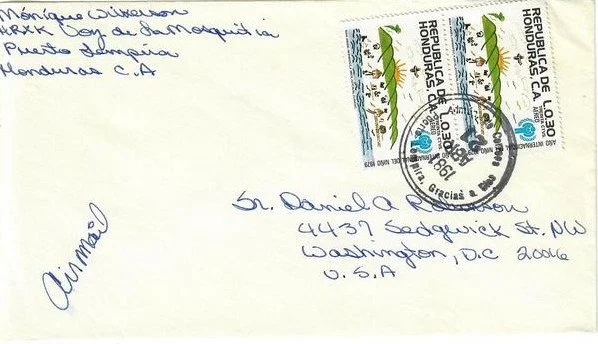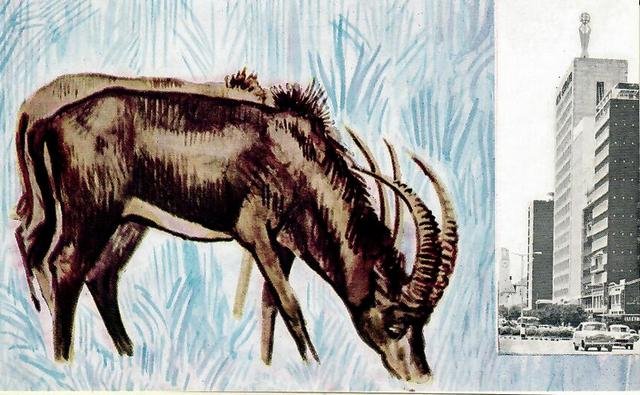
In 1974, I was an exchange student with AFS (then known as the American Field Service) in Swaziland, southern Africa. I had taken a Drake SPR-4 with me for the months I lived in Swaziland, and I used the receiver to hear a range of stations in Africa and Asia. Stations using shortwave that were a challenge for listeners in North America and other locations were heard at local levels and one of those was the RBC, in what was then called Rhodesia. These recordings on one of the RBC shortwave frequencies were made in Mbabane, Swaziland. Elsewhere on the SW Archive, there are other recordings including one of RBC heard in the United States on shortwave. The QSL card shown here was the older style with an image of an impala, a photo of Salisbury (later Harare). On the back, under a white sticker, an even older name of the radio station, The Broadcasting Corporation of Rhodesia and Nyasaland, can still be seen.

